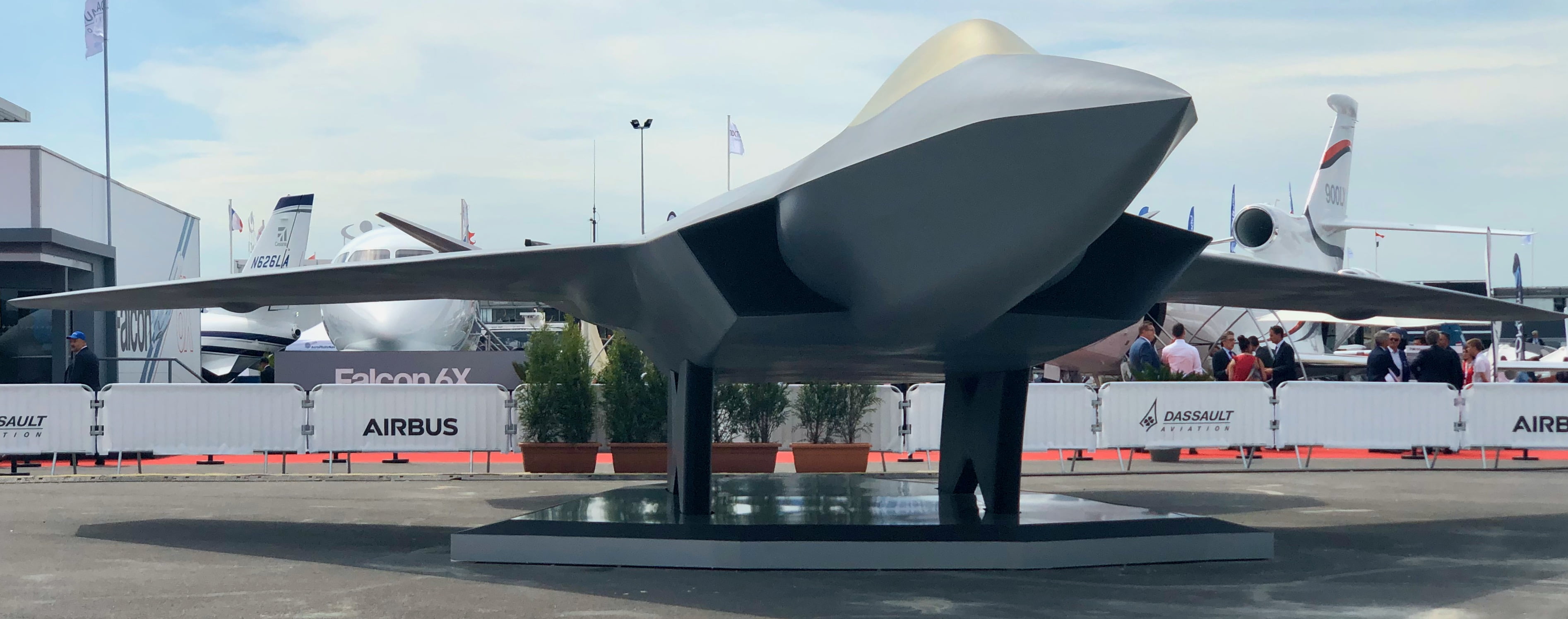By Pierre Tran
Paris – The French, German and Spanish air chiefs signed two key cooperative documents on the Future Combat Air System and interoperability of the present fleets of fighter jets, the French air force said in a June 19 statement.
“General Philippe Lavigne, general Ingo Gerhartz and general Javier Salto, respectively chiefs of staff for the French, German and Spanish air forces, signed two documents relating to cooperation on the Future Combat Air System (FCAS) program and on national programs for fighter jets prior to FCAS, which will mark the way ahead,” the service said.
In the first document, signed soon after a high-level May 7 virtual meeting, “the air chiefs set out their vision on the priorities for the missions” on the Next Generation Weapon System, said general Jean-Pascal Breton, French air force program manager for FCAS.
The Direction Générale de l’Armement (DGA) procurement office also fields an FCAS program manager.
These priorities set out a definition of the common operational criteria, such as success of a mission, acceptable level of loss, and allows the evaluation of risk.
“That evaluation of risk allows an evaluation of architecture,” he said.
Industry will propose concepts of potential architecture for the Next Generation Weapon System, which will consist of a Next Generation Fighter, remote carrier drones, and the combat cloud, a network linking up the manned and unmanned aircraft.
The work on architecture stems from a joint concept study awarded to Airbus and Dassault Aviation, industrial partners on FCAS. That two-year contract began Feb. 20 2019.
A couple days after the signing of the first accord, the air chiefs signed a document on a Common Understanding of Connectivity, which seeks to boost interoperability between the present fighters flown by France, Germany and Spain, and those flown by Nato and multinational partners in European defense.
Sweden, while outside Nato, is a European ally and flies the Gripen fighter.
That interoperability document for the NGWS combined project team “also seeks to pave the path to NGWS/FCAS with respect to connectivity,” the air force statement said.
That interoperability aims to boost communications between the French Rafale and the German and Spanish Eurofighter Typhoon. Spain also flies the Boeing F-18.
Interoperability will also be sought for the replacement for the German Tornado fighter.
There are expectations the work on interoperability be supported by the planned European Defense Fund, a European Union project to part-finance research and development in the arms industry.
On the studies of remote carriers, there are more than seven types of disposable and non-disposable drones being considered. The studies have been running for more than a year and seek to draw up categories of unmanned air vehicles, to fly with manned aircraft.
Regarding work on the FCAS, Onera, a research and development organization, is in talks with the DGA for contracts, but any direct work for the procurement office was not expected before 2021, Bruno Sainjon, chairman of Onera, said in Challenges business magazine June 22.
Onera has a small contract with Dassault on the FCAS, but the aerospace research office hopes it will win more contracts, he said, adding that it seems the DGA has asked other companies to contract work with Onera.
A perceived lack of government support for Onera has stirred political debate, with a view that France was slipping behind Germany in research for FCAS.
Members of the French senate expressed concern Dec. 5 on the government planned annual funding for the research office of €110 million ($124 million) respectively for this year and 2021, compared to €106 million and €107 million previously planned.
That planned increase was too small, senators on the foreign affairs and defense committee said.
That French funding compared to the €200 million of financial support DLR, its German equivalent, received from Berlin, the senators said. The DLR had already signed research contracts for the German national FCAS program, while the French DGA had yet to award contracts to Onera.
Airbus displayed a life-size mock up of a remote carrier resembling a cruise missile next to a concept model of a next generation fighter at the Paris air show last year.
MBDA, a European missile maker, is also working on concepts for remote carriers.
The featured photo is of the mockup of the FCAS fighter as seen at the 2019 Paris Air Show. Credit: Second Line of Defense
See, also the following:
https://breakingdefense.com/2019/06/with-fcas-french-air-forces-renaissance-begins/


